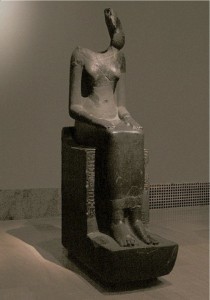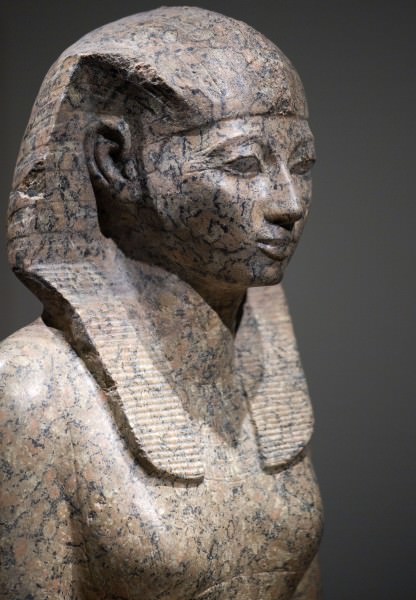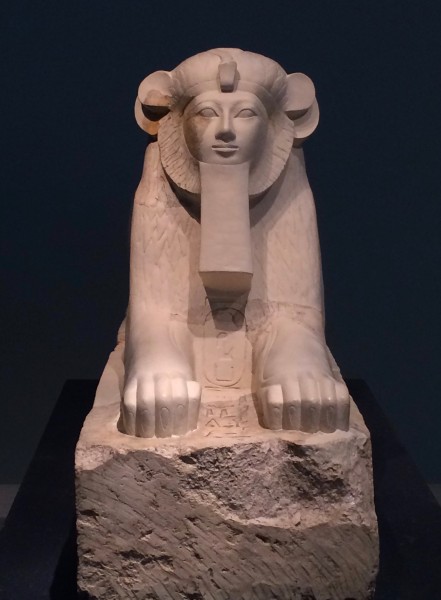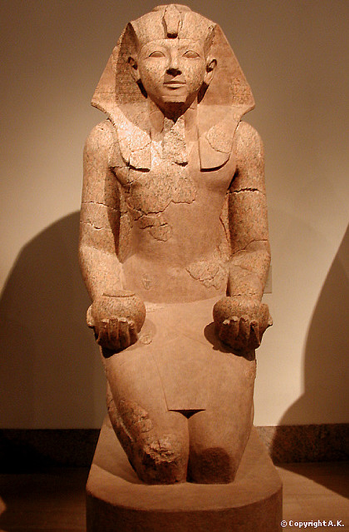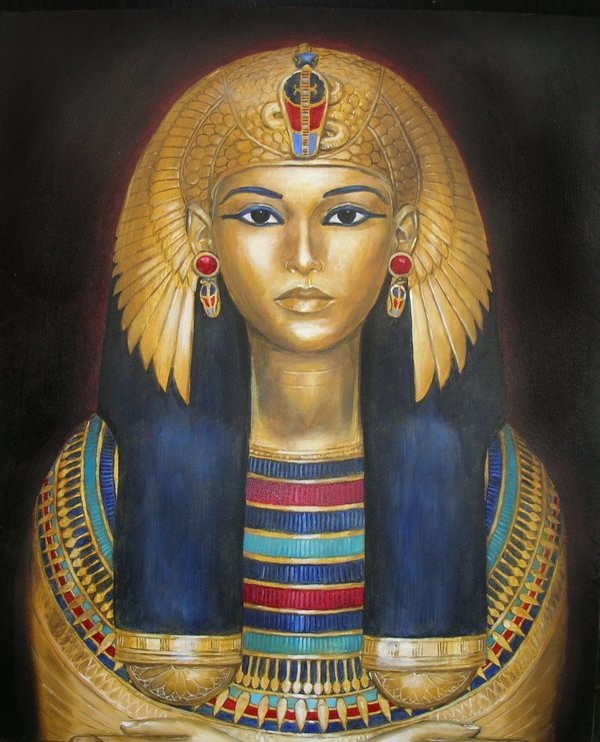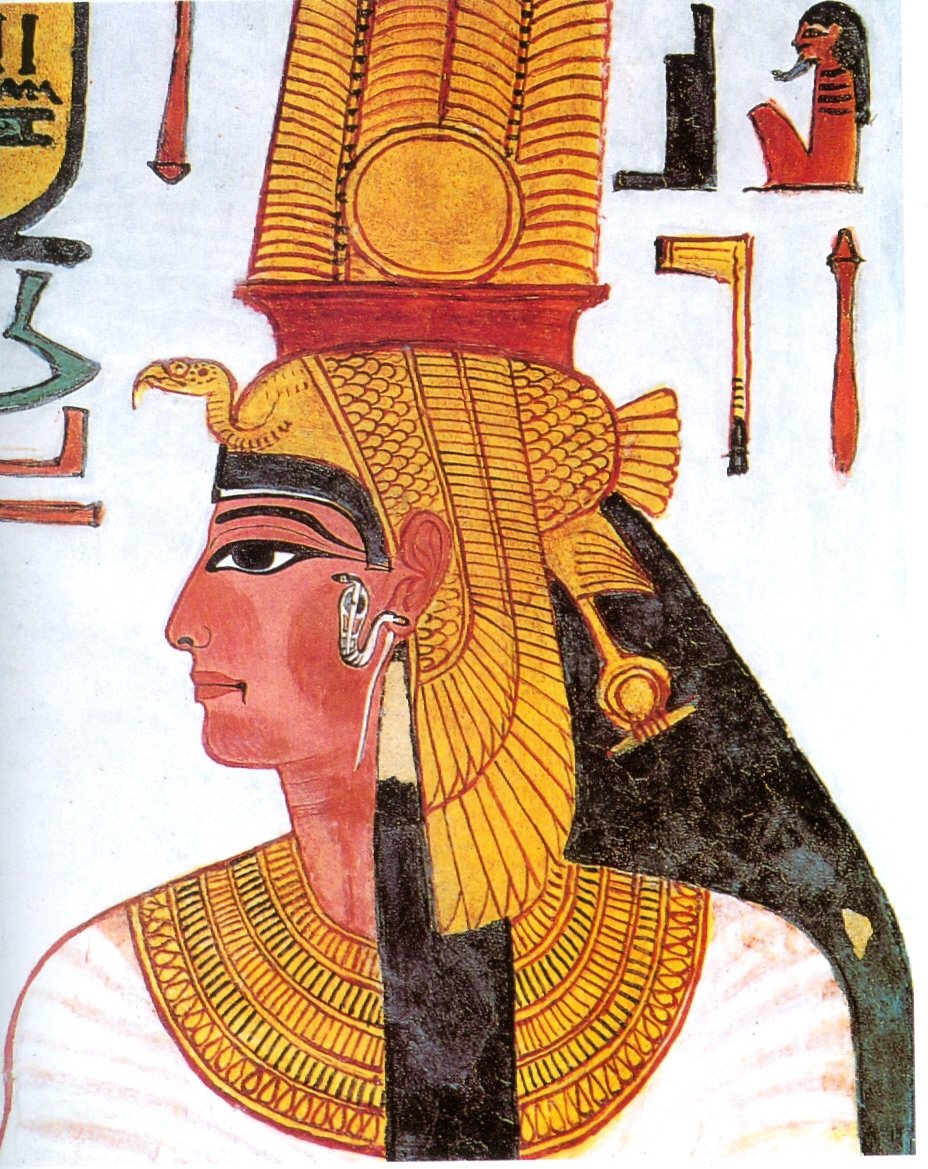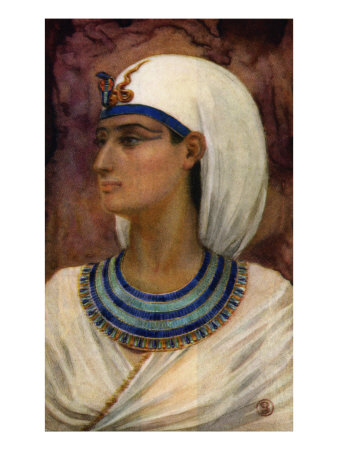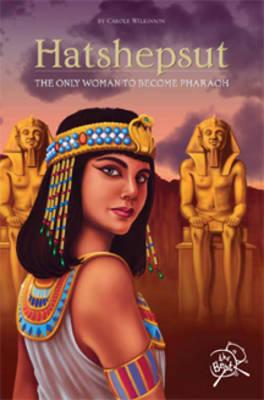Depiction of Hatshepsut
Background Research and Inspiration
Egyptians considered pharaohs to be gods on earth, intermediaries between the gods and the people. As a female regent for over two decades during the eighteenth dynasty of Egypt, pharaoh Hatshepsut oversaw the establishment of trade networks, grand construction projects, and prosperity during an era of peace. Hatshepsut was not only the longest reigning female pharaoh in Egypt, she is also considered one of Egypt's most successful pharaohs. What did Hatshepsut wear? Also, what did Hatshepsut look like, and how should her semblance be reflected on her sarcophagus? We looked for inspiration from both ancient and modern depictions of Hatshepsut.
Hatshepsut's Visage and Form
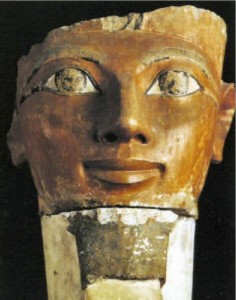
| Statues and paintings of Hatshepsut show her facial features and body form with feminine attributes, and later with masculine attributes. In earlier statuary, her femininity is highlighted by an oval face, the soft arch of her eyebrows and eyes, the presence of bosoms, shapely hips, and rounded shoulders. These womanly features disappear over time as she later becomes featured as a flat-chested male pharaoh. In her full male form, Hatshepsut's statues were painted a unique orange skin tone, a mix between the deep red pigment used for painting men and the lighter yellow pigment used for painting women. The interesting shift toward a more masculine portrayal of Hatshepsut is also shown through the type of clothing she is depicted wearing. |
Clothes Maketh the Man: From Female to Male Pharaoh
During Hatshepsut's co-regency with her husband Thutmose III, her statues showed her wearing a long, plain sheath dress designed for female Egyptian nobility. Surprisingly, Hatshepsut's statuary shifts from female to male form as she comes into power. During the early years of her reign, she is depicted in female clothing wearing the traditional nemes or khat, the headdress of the male pharaoh. Later, her statuary depicts Hatshepsut wearing the nemes crown and the traditional black, pointed false beard, seated on a throne sporting a short male kilt and a bare chest. Finally, all traces of her feminine form are removed altogether even in her facial features. There are several important reasons why Hatshepsut becomes depicted in a male form over time. First, ancient Egyptians defined "pharaoh" as a male ruler. To gain legitimacy in the eyes of her court and her subjects, Hatshepsut emphasized her kingly qualities through art. She even changed her name from the female version of Hatshepsut, which means "Foremost of the Noble Ladies", to the male version, Hatshepsu. Second, Egyptian artists relied on traditional cues because they often did not have access to see pharaohs up close.
Design Direction
Hatshepsut or Hatshepsu?
In our game room, should Hatshepsut's sarcophagus stay true to ancient portrayals of Hatshepsut that show her wearing kingly regalia and a beard? We noticed that the majority of uncovered statues and paintings showed Hatshepsut as a male pharaoh, masking her feminine identity. They show what she represented, and not what she was. Although the artistic gender reversal may have strengthened the ancient Egyptians' support for Hatshepsut, it also undermines her reign as a female pharaoh by removing traces of her true self. Upon entering the Egyptian tomb, the players should be enthralled by a glimmering sarcophagus that shows what a mighty female pharaoh she was; therefore, we decided to represent Hatshepsut as Hatshepsut the female pharaoh, not Hatshepsu the male pharaoh. We drew inspiration from the womanized depictions of Hatshepsut below.
Proportion and Size
According to historians, Hatshepsut stood at about 5-feet tall. Based on the dimensions of a typical sarcophagus, her sarcophagus would be 5-feet long by 1.5-feet wide. We received user feedback that creating a "larger than life" sarcophagus would strongly enhance the user experience since the sarcophagus is the highlighted feature in the game room. Reflecting on this valuable feedback, we increased the sarcophagus length by 40% and scaled up the width and height accordingly. Per the project brief, each game room ranges from 100 to 200 square feet in size, which would fit a 7-feet tall by 2-feet wide sarcophagus. When the sarcophagus is placed in the center of the room, there would be sufficient square footage to enable at least two players to both stand or crouch between the wall and the sarcophagus and explore the different elements of the room.
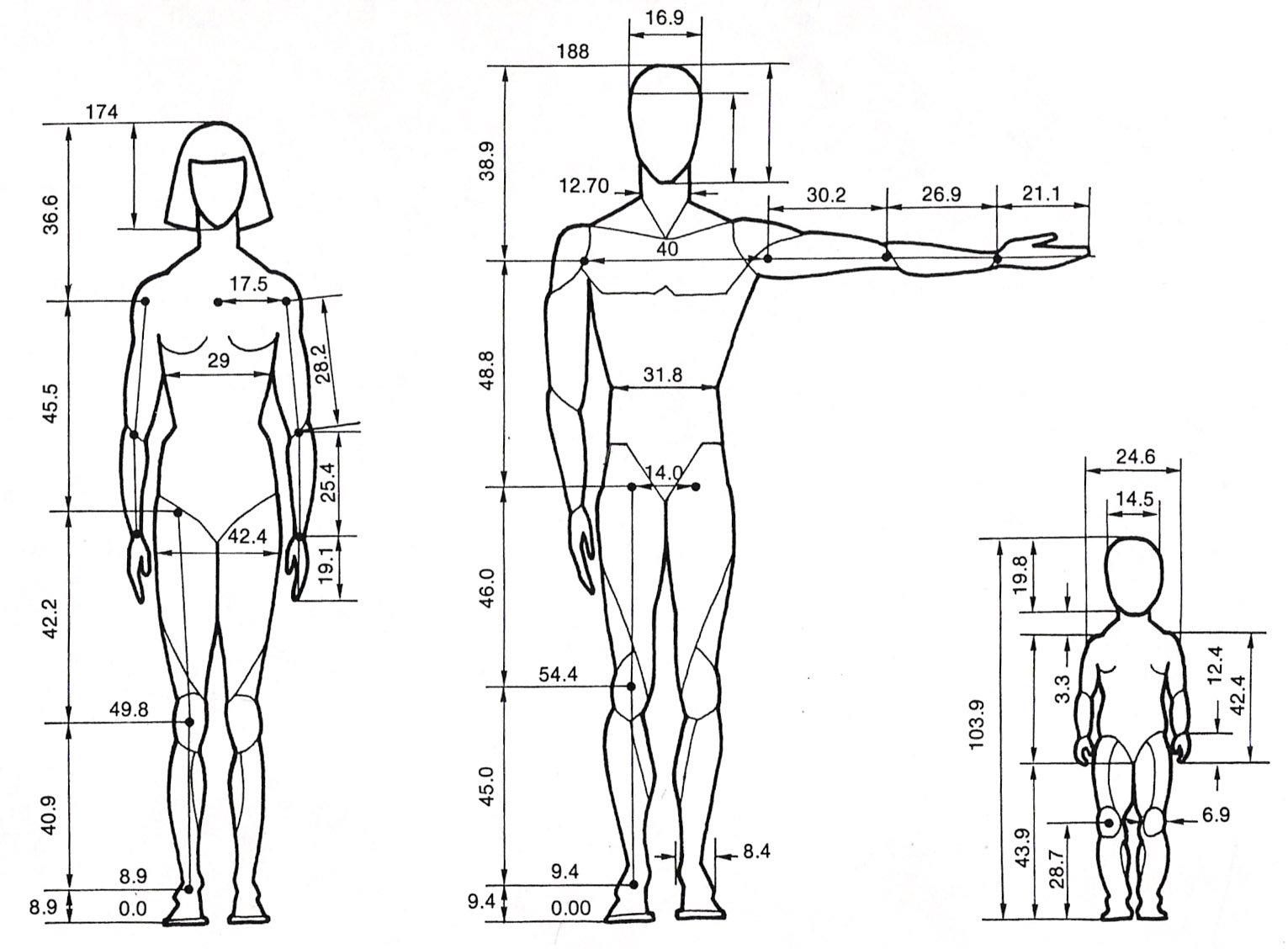
|
How tall should her sarcophagus be? When the players unlock the sarcophagus at the end of the game, they should be able to peer down into the sarcophagus and witness the magical infinity mirror effect. To ensure an appropriate line of sight for all players, we applied the principle of universal design and evaluated the height of shorter players. Since similar attractions at 5 Wits and Boda Borg are designed for ages 7 and up, we looked at the average height of 7-year-olds. At age 7, female children stand at 47.7'' tall on average, and male children stand at 48'' tall on average. Based on these data points, we designed a 7-feet long, 2-feet wide, and 2-feet tall sarcophagus. This creates a 64-square foot surface area of hieroglyphics around the four sides of the sarcophagus for the players to explore and try to decipher, which should be more challenging than earlier design from our concept refinement model, yet still solvable. |
Design Features
To represent Hatshepsut as the formidable female pharaoh she was, we crafted feminine facial features, including a smooth forehead, arched eyebrows, prominent cheeks, a smaller nose with a slightly concave profile, fuller lips, and a rounded jawline. In designing her regalia, we selected the splendid, royal vulture crown. The vulture perched atop her forehead represents the goddess Nekhbet keeping vigil of the pharaoh's power while the golden feathers of the wings wrap around Hatshepsut's head, protecting her on her journey to the afterlife. Furthermore, to accentuate her royal status, we adorned her with a large, bejeweled neck collar and bracelets. Her hands are crossed across her bosom, and her fists are clenched to symbolize her power and strength. Hatshepsut is also painted in meaningful colors of red, blue, and yellow.
Color Palette
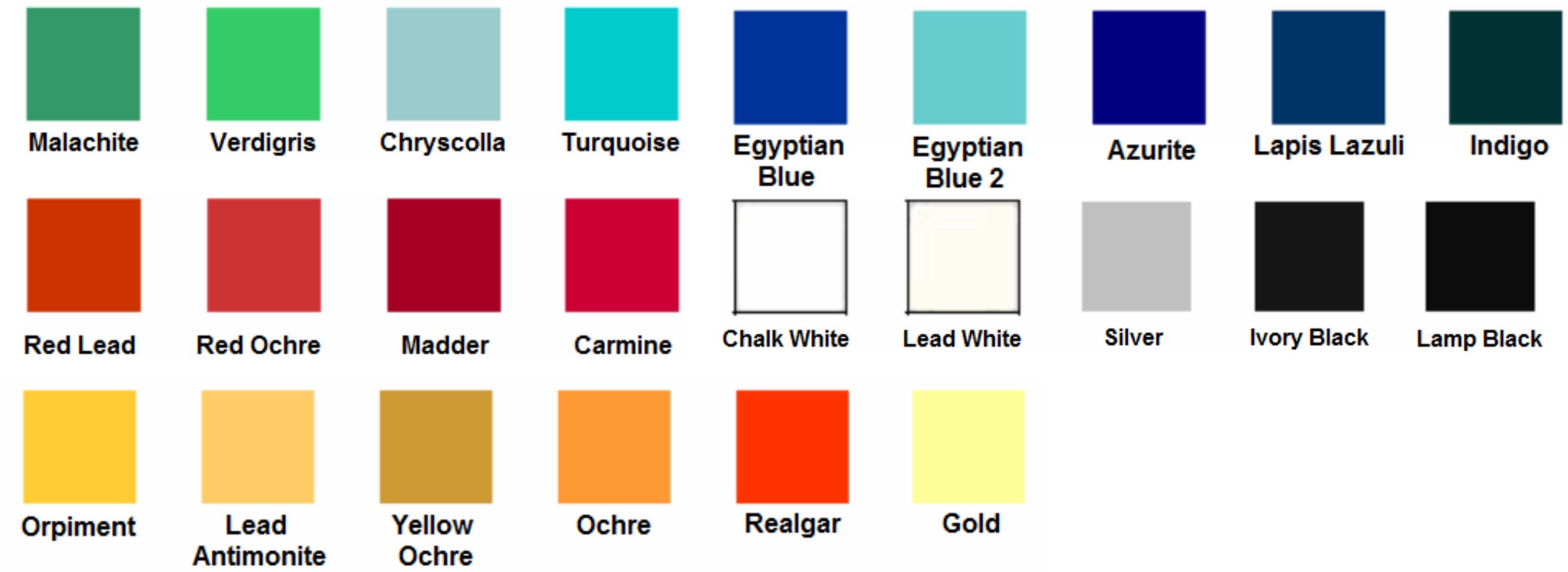
The Egyptian color palette is centered on hues of blue, red, yellow, green, white, and black. What do they mean in Egyptian culture?
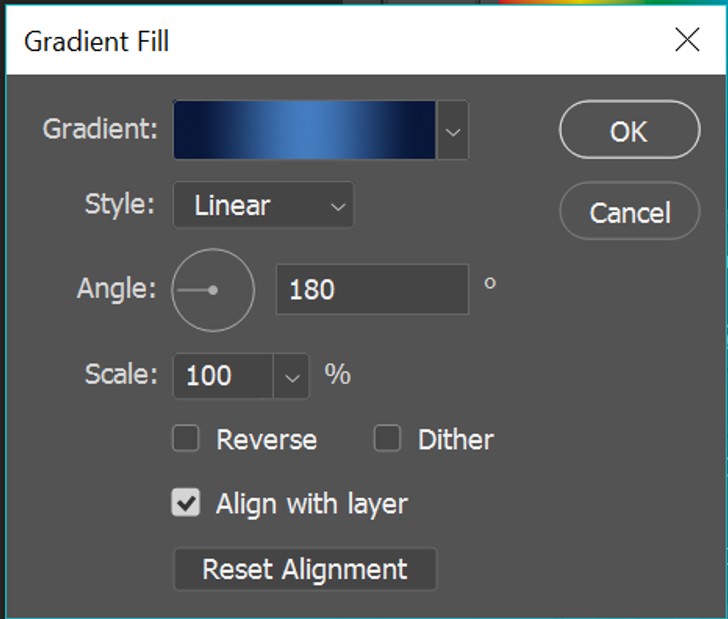
|
Blue (irtiu or khesbedj), also known as Egyptian Blue, symbolized fertility and rebirth. Blue was often used to portray heaven and the water of the Nile, which fertilized the land with the annual floods. Blue also symbolized protection and was used in fertility amulets to protect women during pregnancy and childbirth. On Hatshepsut's sarcophagus, Egyptian blue is used in her eyes (RGB of 33-64-154), headdress (RGB of 67-124-191 and 8-23-58), neckpiece (RGB of 67-124-191 and 8-23-58), and clothing (RGB of 25-165-222). We used a gradient of blue to commemorate her reign over two decades of prosperity and flourishment. |

| Red (desher) symbolized life and was used to create flesh tones. While the color red conveyed vitality and energy, it also was used to convey evil and destruction. The sarcophagus lid contains an ornate neckpiece similar to the ones worn by royal women. To convey Hatshepsut's new life in the realm of the gods after death, we originally used a red ocher color (RGB of 179-31-36) to accentuate the jewels on her neckpiece. Given budgetary constraints, however, we prioritized the Egyptian blue color and used blue instead of red in different areas to accentuate the prosperity and era of peace during Hatshepsut's regency. |
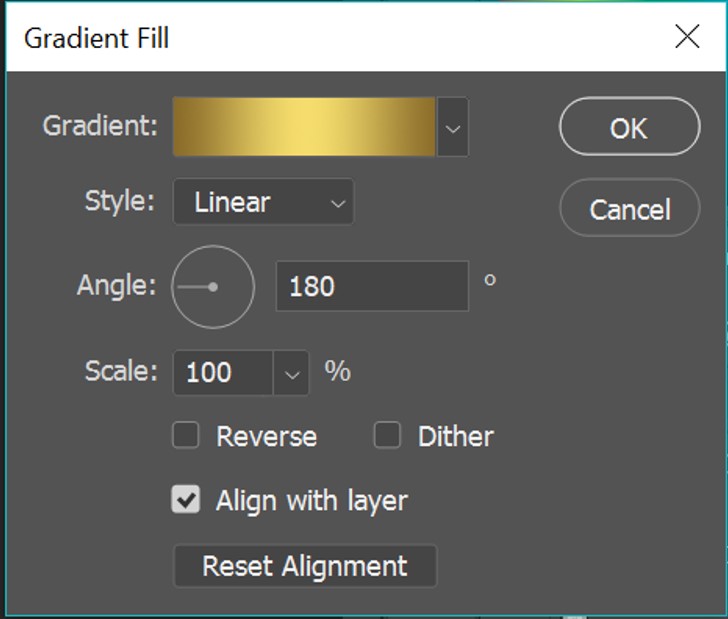
|
Yellow (khenet or kenit), symbolized the sun and eternity. Many gods were portrayed with golden, dark yellow skin. Because of the color's association with the sun, it also symbolized strength and harmony. Because the sarcophagus is an extension of Hatshepsut's body as she embarks on her journey to the afterlife, or to the realm of the gods, we used a gradient of golden yellow tones (RGB of 245-220-108 and 138-108-42) for her skin to showcase her godliness and her eternal life. We also experimented with black lines versus a gradient of darker gold tones (RGB of 117-85-33 and 51-47-32). The darker gold tones more effectively showed the engravings on the sarcophagus lid. |
Digital Renderings
Using Adobe Illustrator and Adobe Photoshop, we created digital renderings of Hatshepsut's sarcophagus. As a novice at using these Adobe programs, I experimented extensively and used various tools, including the image trace tool, lasso tools, layers, masks, gradients, transparency, paint bucket, and perspective grid, among other tools.
Top View

Side View
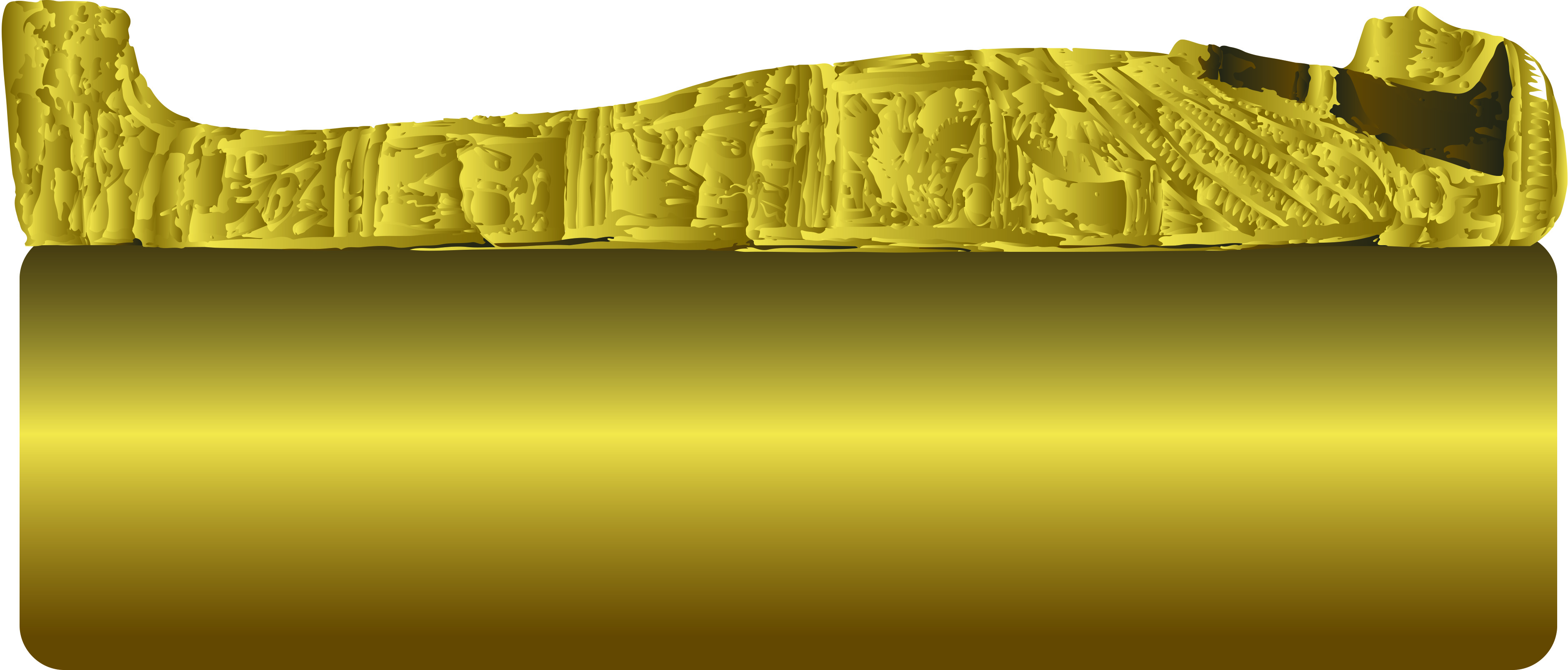
Room View
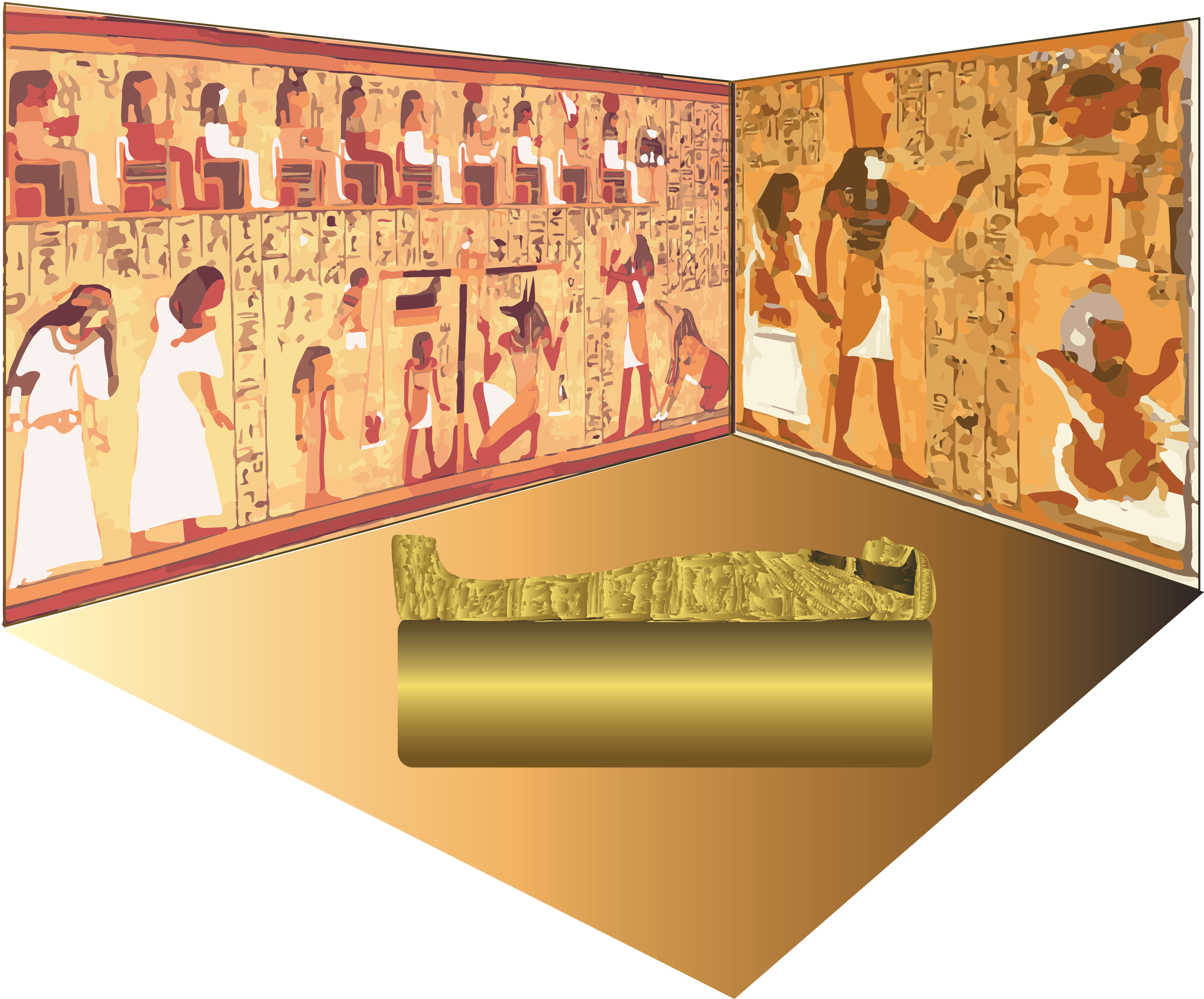
Sources
Research on Hatshepsut:
- https://www.ancient.eu/article/1096/the-statuary-of-maatkare-hatshepsut/
- https://whatistalent.wordpress.com/2011/09/23/pharaoh-hatshepsut-depictions-of-a-female-king-in-egyptian-artwork/
- https://www.ancient.eu/article/1096/the-statuary-of-maatkare-hatshepsut/
- http://www.dailymail.co.uk/sciencetech/article-3545596/Carved-blocks-reveal-ancient-Egyptian-Pharaoh-Queen-Hatshepsut-looked-image-changed-man-s.html
- http://ccivcopy.site.wesleyan.edu/project-5/the-representation-of-woman-in-egyptian-funerary-art/
- https://www.newyorker.com/magazine/2006/04/03/rule-like-an-egyptian
Research on Color:
- http://carlos.emory.edu/PDF/Classroom%20TUTorial_Colors.pdf
- https://www.ancient.eu/article/999/color-in-ancient-egypt/
- http://www.mummies2pyramids.info/art-architecture/color-meanings.htm
Research on Anthropometry:
- https://www.disabled-world.com/calculators-charts/height-weight-teens.php
Research on Egyptian Costumes and Design:
- http://www.landofpyramids.org/crown-of-egypt.htm
- http://www.touregypt.net/featurestories/crowns2.htm
- https://www.ancient.eu/article/1037/fashion--dress-in-ancient-egypt/
- https://www.historymuseum.ca/cmc/exhibitions/civil/egypt/egcl06e.shtml

